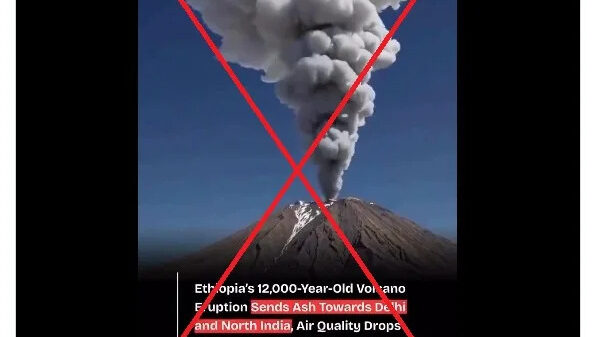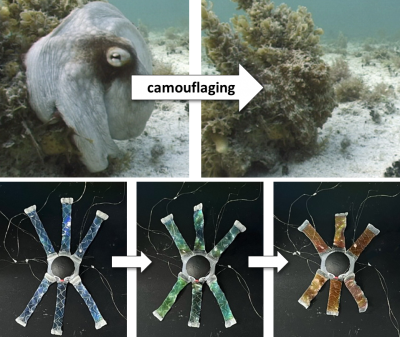BREAKING: The global expandable graphite market is set to surge from USD 0.29 billion in 2025 to a remarkable USD 0.42 billion by 2030, according to a new report from MarketsandMarkets, released just today. This growth, at a robust 7.4% CAGR, highlights the escalating demand for this innovative material across multiple industries.
The report reveals that the shift towards halogen-free flame-retardant solutions is a primary driver behind this growth. Traditional flame retardants often pose environmental and health risks due to toxic emissions. In stark contrast, expandable graphite is a safe, non-toxic alternative that meets stringent safety regulations, particularly in sectors such as construction, transportation, and consumer electronics.
As companies and nations prioritize sustainability, the adoption of expandable graphite is accelerating. This material is crucial for enhancing thermal management and conductivity in high-performance electronics, battery systems, and renewable energy applications. The electronics and energy storage sectors are projected to dominate the market, driven by the rising need for advanced materials in electric vehicles and energy-efficient technologies.
The flame retardant application is anticipated to hold the largest market share during this period. Expandable graphite expands upon exposure to heat, forming an insulating layer that effectively inhibits combustion and heat transfer. This property makes it ideal for fireproofing materials across various industries, reinforcing its position as a leading solution in fire safety.
Looking ahead, the Asia Pacific region is expected to lead the market due to rapid industrialization and urbanization, particularly in China, India, South Korea, and Japan. The demand for flame retardant materials in construction and energy storage applications is fueling this growth, making Asia Pacific a hotspot for expandable graphite consumption.
Major players in this expanding market include SGL Carbon from Germany, NeoGraf from the US, and several others from China and Brazil. As the market evolves, these companies are poised to capitalize on the increasing demand for sustainable materials that enhance safety and efficiency.
This urgent update signifies a pivotal moment in the materials market, with the sustainable shift reshaping industries globally. Stakeholders and investors should monitor these developments closely, as the implications for fire safety, environmental compliance, and technological advancements are profound.
For further insights and to stay updated on this rapidly evolving market, visit MarketsandMarkets.





































































